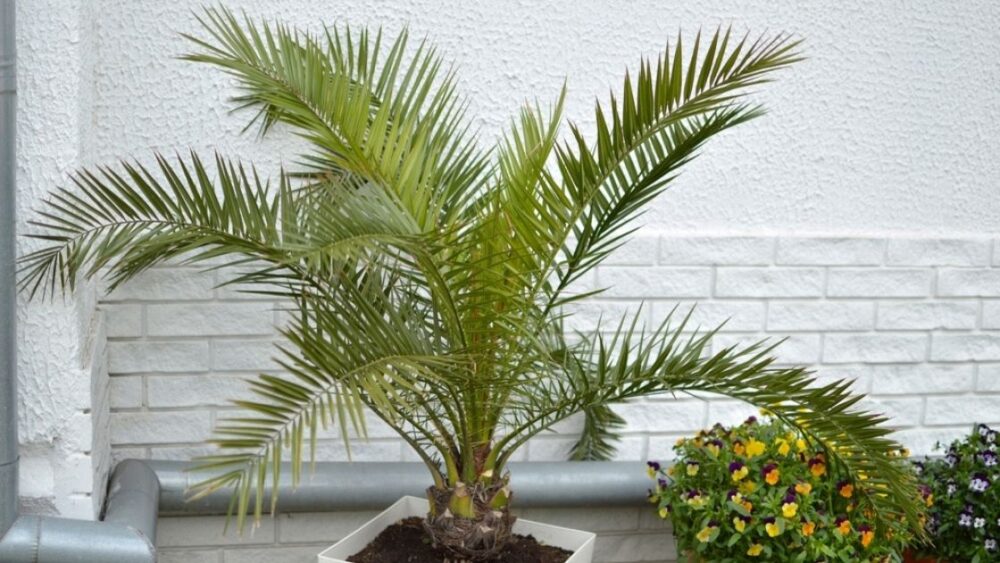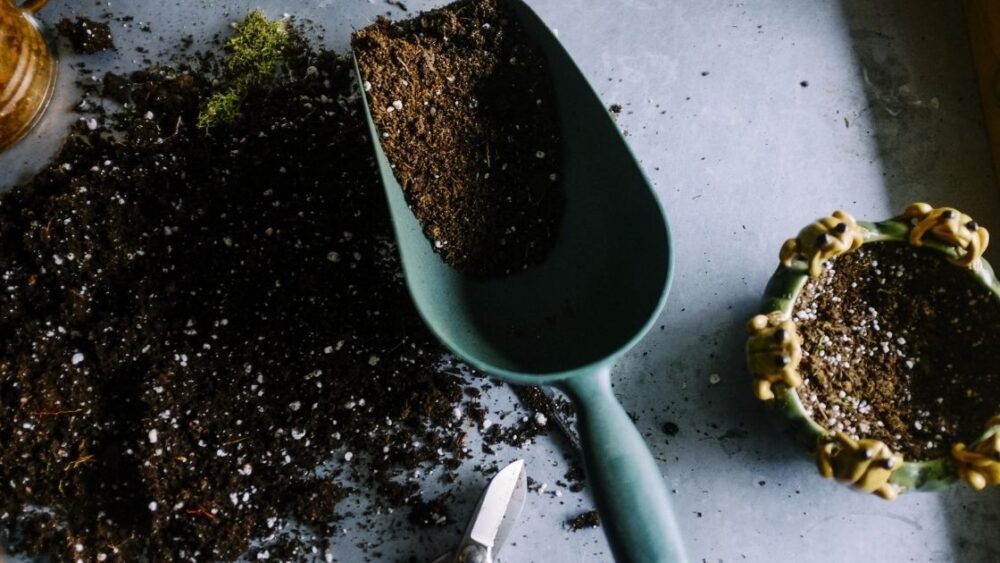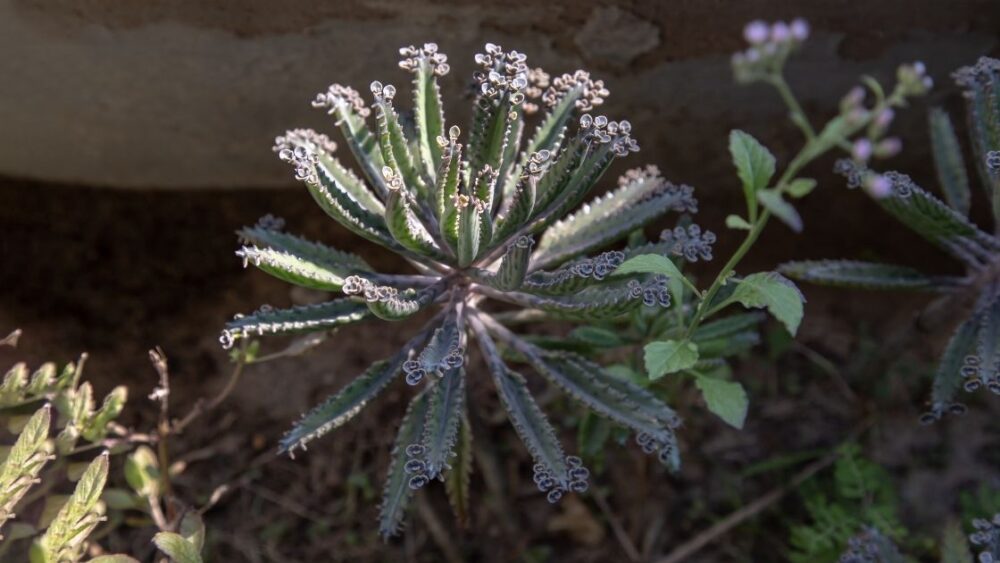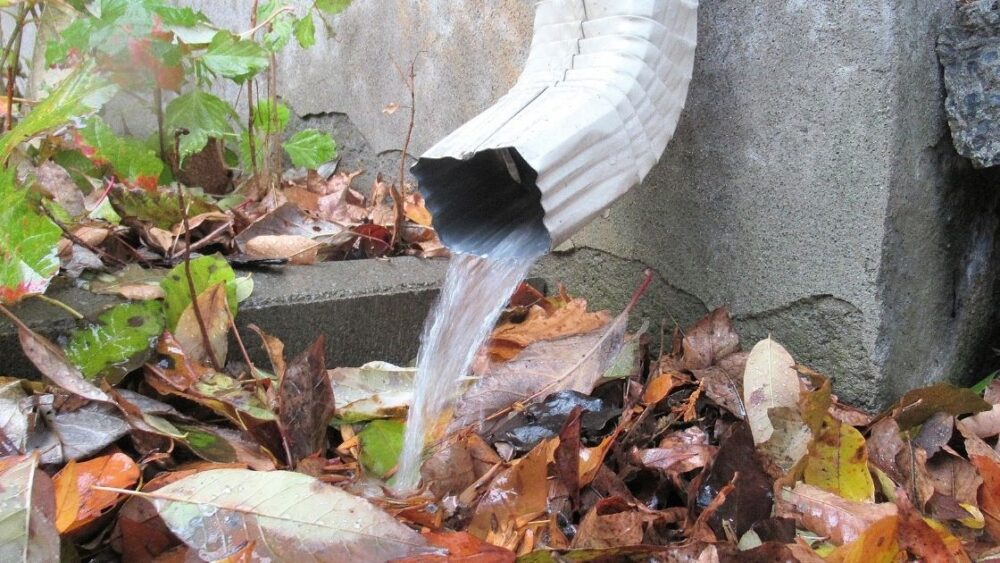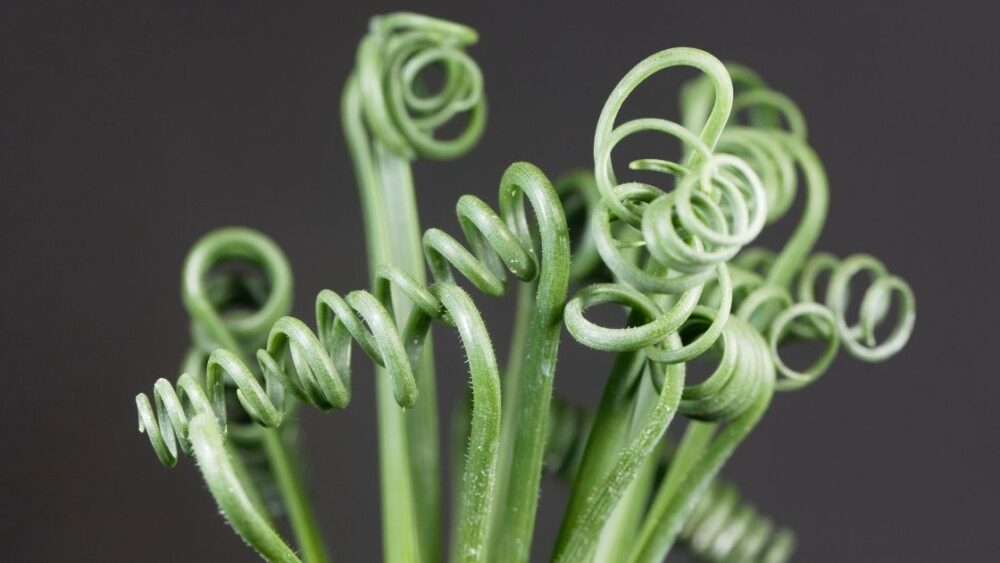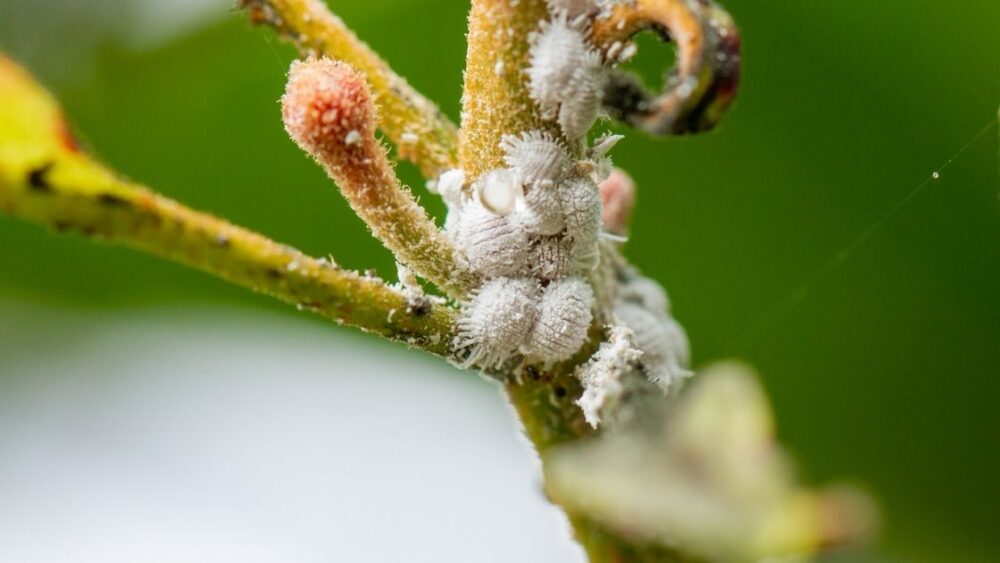
Mealybugs are identified by the white, cottony-looking residue they leave behind as they grow and reproduce giving off the appearance of mold which is their main characteristic. Most commonly, they are introduced indoors to other plants by an infested plant, pot, soil, and sometimes clothing which then causes their leaves to turn yellow and drop. In the following article, we will discuss the environments they thrive in and how to rid of these pesky pests.
Let’s get to it.
How and Why Do My Indoor Plants Get Mealybugs?
Mealybugs are commonly found in greenhouses, but they can also be brought indoors when an infested plant is purchased or when a plant is moved from one place to another. Also, mealybugs love anything with the name ficus, but they will set up camp in all indoor plants as well.
Browse our Affiliate Products
These insects mainly come from subtropical and tropical climates and do not like the cold causing them to die when it gets below 40 degrees Fahrenheit (4 Celsius). They also do not like dryness, and you will see them more often during the humid months.
If the plant is indoors, then the mealybugs are too. They need humidity to grow and spread, and they also need warmth and prefer temperatures between 65 and 85 degrees Fahrenheit (18-30 Celsius). You will find them mostly thriving in enclosed spaces such as inside the soil, under loose bark on ficus trees, and between leaves of potted plants. It is always a good idea to inspect and treat any new plant or soil before being introduced indoors.
Mealybugs invest in plants due to several reasons. They are attracted to the color green which means they will find their way to your ficus trees or indoor plants. They are also drawn to light, so they will seek out anywhere there is a light source and they love to be in enclosed spaces which is the reason why they thrive in greenhouses.
Additionally, there are other ways you can bring mealybugs indoors. You can carry them in on an infested plant you bring home from the store, or they can hitch a ride with you on your clothing or shoes after walking through an area where mealybugs are present.
What Problems Do mealybugs Cause?
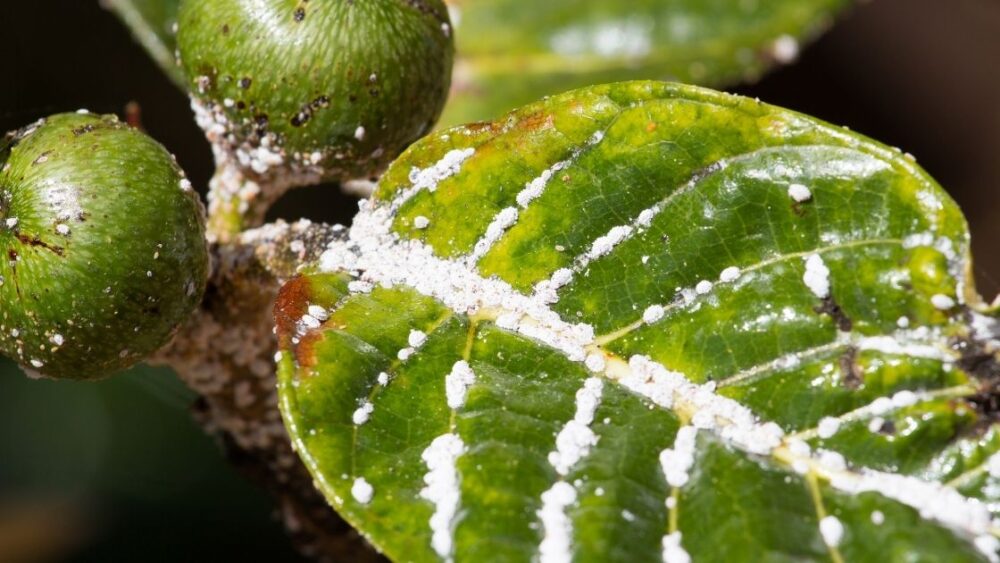
Mealybugs can cause a variety of problems, including:
- Yellowing and Leaf Drop Off
mealybugs cause yellowing and leaf drop off by sucking plant juices from the leaves. This extract contains a toxin that causes the yellowing effect on your plant’s leaves.
- Wilting
When they suck plant juices from leaves, they also extract water from your plants. This can cause them to wilt and eventually die due to the lack of nutrients your plant needs to survive.
- Honeydew Residue
Mealybugs release a sweet substance called honeydew as they suck plant juices from your infested plants. This honeydew can cause sooty mold on your plant’s leaves and branches, which is unattractive. This is the hallmark they produce and is an indication your plant is infested with these pests. If you notice this, remove the plant or treat it accordingly.
- Sticky Residue
Mealybugs are known for their sticky white cotton-like residue that can be seen on your plant’s leaves, stems, and branches. Several problems can arise from this residue. It can encourage the growth of molds that are harmful to your plant’s health, it can also attract ants. As with the honeydew residue, these are signature features of these specific insects.
Furthermore, Bacterial leaf spots occur when mealybugs suck plant juices from the leaves. The bacterial infection that follows causes all kinds of problems. The leaves become wilted and infected. You may also see dark spots on the leaves as well as yellowing.
Mealybugs have been known to transmit certain plant diseases from one houseplant to another. This includes Fusarium wilt and Verticillium wilt.
For further reading on mealybugs, check out this article over at Planet Natural Research Center.
Are all Indoor Plant Affected the Same?
No, mealybugs affect different types of indoor plants in the following ways:
- They feed on some common indoor plants including ficus trees, Schefflera, potted orchids, African violets, and even bromeliads.
- They suck plant juices from leaves, causing yellowing and leaf drop off. This is often evidenced by sticky honeydew residue on the plant’s leaves.
- They cause problems with the plant’s water absorption, which can result in wilting and eventual death.
For more information on other types of plants, check out this article: Why Does My Cactus Have White Fuzz? Problems, Causes and Solutions
How Can You Avoid and Eliminate Mealybugs on Indoor Plants?
There are many ways to avoid and eliminate mealybugs on your indoor plants. below are some of them:
Dispose of the soil in your indoor.
If you identified that mealybugs were present on the soil in your indoor trees or plant, then it is best to dispose of it. Saturate the soil with soapy water to kill any mealybugs that are present. This will keep them from spreading to your other indoor plants.
Clean plant leaves with soapy water.
By washing your new or old plant leaves before introducing them indoors, will significantly help to get rid of any mealybugs that are on them and reduce the spread if you have other plants in your indoor planting areas. One way of treating your new indoor plants is as follows.
- Make a solution of 1 teaspoon of dish soap to 1 gallon of water
- spray it on your infested plant’s leaves.
Kills mealybugs on contact.
Clean Used Pots After Use.
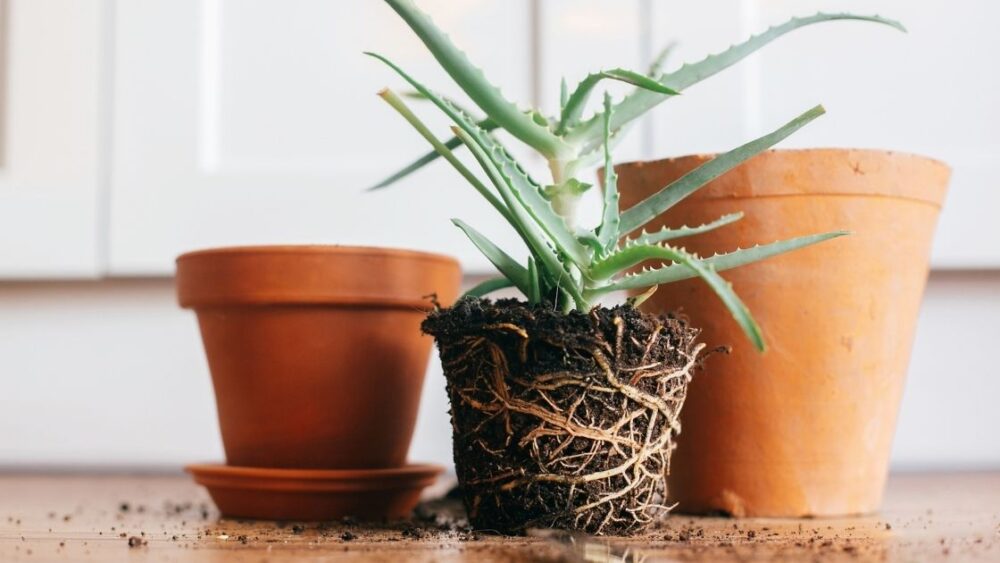
Most often, these insects can be left behind on the walls and surfaces of pot material when the plant is either discarded or repotted, and is also true for other diseases that the prior plant may have had. For these reasons, it is strongly recommended to clean and disinfect any pot that is going to be repurposed, as soon as, a pot or container becomes available if you’re dealing with lots of plant material.
One suggested way to clean your pots for plants is as follows:
- 1 Part Household Bleach
- 9 Parts Water
- Soak for 10 mins
- Thoroughly Rinse, Clean and Dry
- Clean With Dish Washing Detergent and Dry
For all other abrasive pots, the same as above.
For more information on plastics and terracotta pots, check out these articles.
Take Ficus indoors
If you haven’t taken your ficus tree inside yet, do so now. This will limit the number of mealybugs that can enter your home. This is also true for indoor plants left outdoors for an extended amount of time in an area with other plants.
Clean your newly purchased indoor plants.
When bringing new indoor plants into your home, make sure to clean them before bringing them inside. When you buy a new plant, there is no guarantee that mealybugs will not be on it. Spray the plant with soapy water to get rid of any mealybugs that may have been in the plant store or nursery.
Maintain your indoor humidity.
The drier your home becomes, the better it is for mealybugs, as they prefer low humidity environments. Keep your indoor humidity around 40-50%.
Turn off the heat.
The warmer your home becomes, the better it is for mealybugs. Turn down the heat to help control their population.
While these are suggested methods of ridding of mealybugs, always inspect new soils, plants, and other horticulture features you may introduce to your indoor plant area.
Final Thoughts
Mealybugs are dangerous to your indoor plants. They can cause several problems including yellowing, wilting and eventual death. The best way to control mealybugs on your indoor plant is to throw out any infected soil, wash the leaves of your infested plant, use clean pots, and control the humidity in your home. This article will help you prevent and eliminate mealybugs and other pathogens you may encounter in and on your indoor plants.





